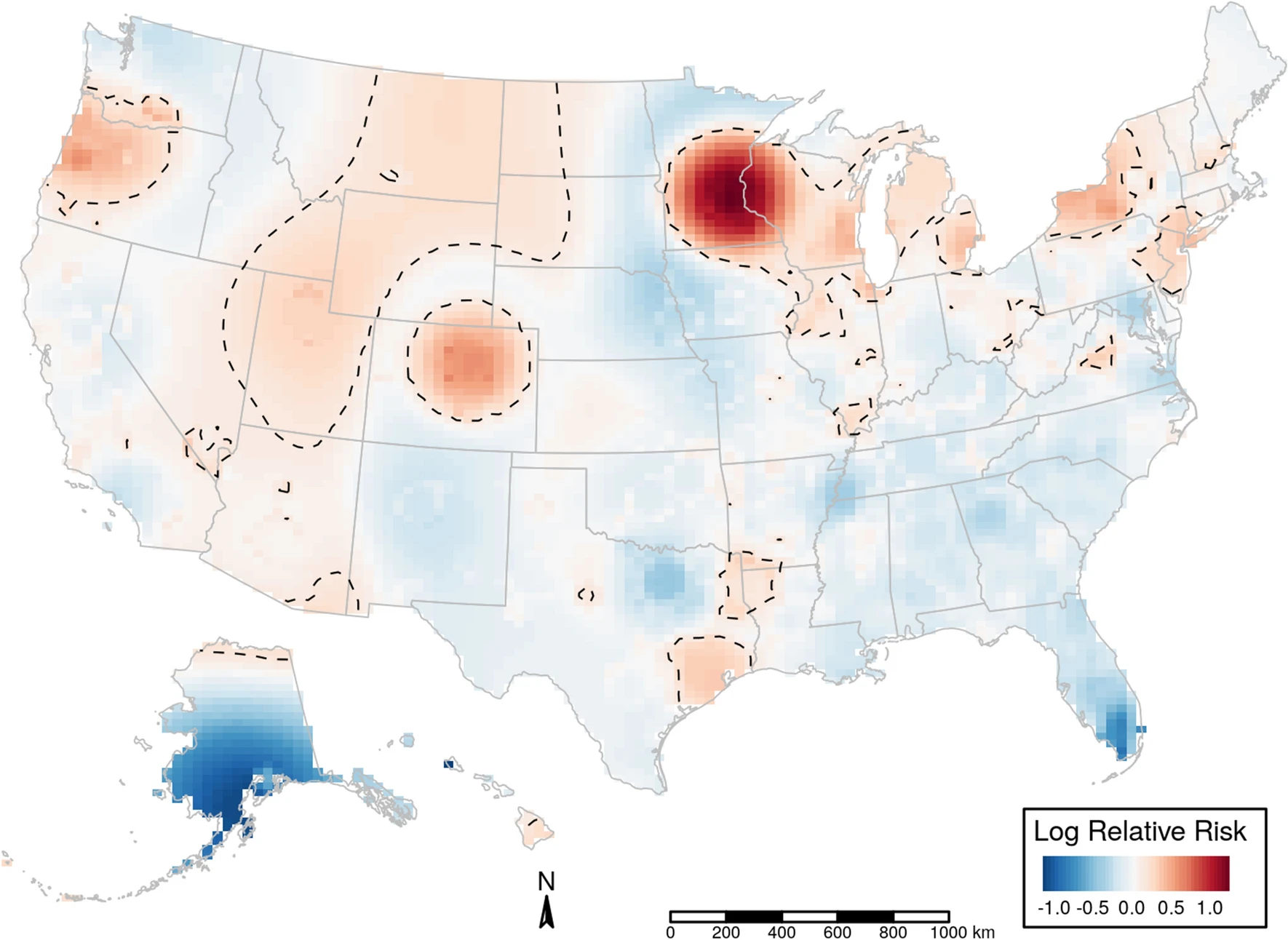
Gun violence rates in the United States were 30% higher during the COVID-19 pandemic (1st March 2020 to 31st March 2021), compared to the year before, according to a study published in Scientific Reports.
Paddy Ssentongo and colleagues analyzed data obtained from the Gun Violence Archive on gun-related injuries and deaths in the 50 US states and the District of Columbia from 1st February 2019, to 31st March 2021.
The authors compared the 13-month pandemic period from 1st March 2020 through 31st March 2021 with the 13-month pre-pandemic period from 1st February 2019 through 29th February 2020. They found 92,731 gun violence events resulting in injury or death in the U.S. across the whole study period. There were 38,919 gun-related incidents during the pre-pandemic period, compared to 51,063 incidents during the pandemic period – a 31.2% increase. During the pre-pandemic period, 16,687 gun-related deaths and 32,348 injuries were reported, compared to 21,504 deaths and 43,288 injuries during the pandemic period. Twenty-eight states showed a significantly higher risk of gun violence during the pandemic compared to the year before the pandemic. Only Alaska showed a lower risk of gun violence during the pandemic.
The authors speculate that an increase in depressive symptoms during the pandemic and associated fire-arm related suicides, as well as increased access to firearms following an increase in gun purchases between March and June 2020 compared to the same time period in 2019 (based on higher numbers of background checks), may be among the reasons for the observed increase in gun violence rates. The findings suggest that while stay-at-home orders and social distancing measures are vital to containing the spread of COVID-19, awareness of the unintended social and economic stressors and state-specific steps to mitigate gun violence are also needed.

